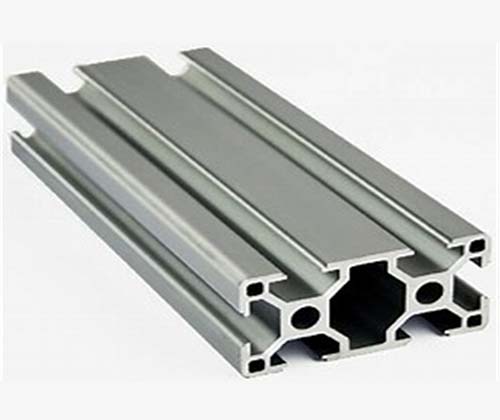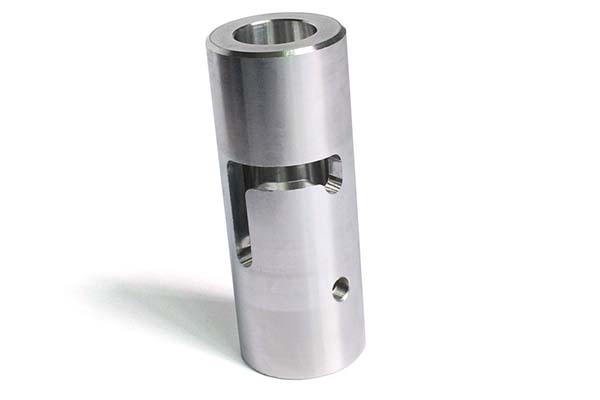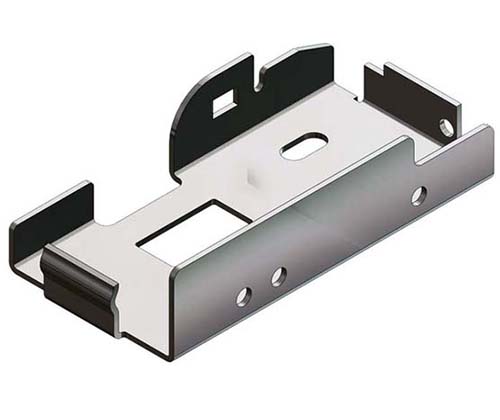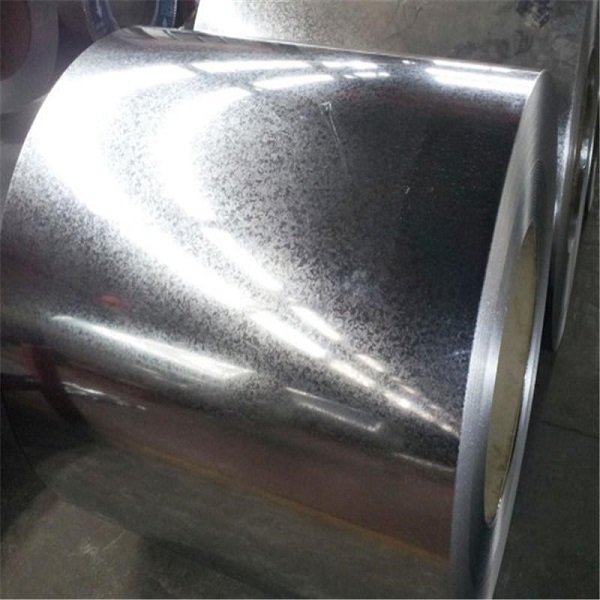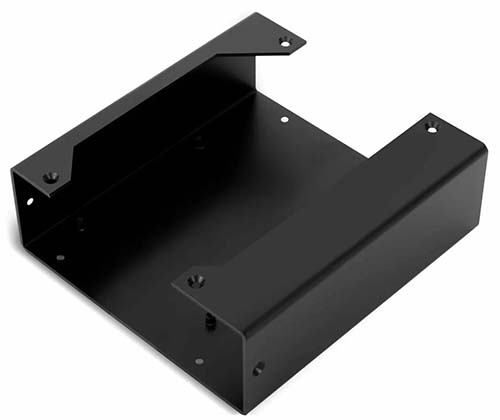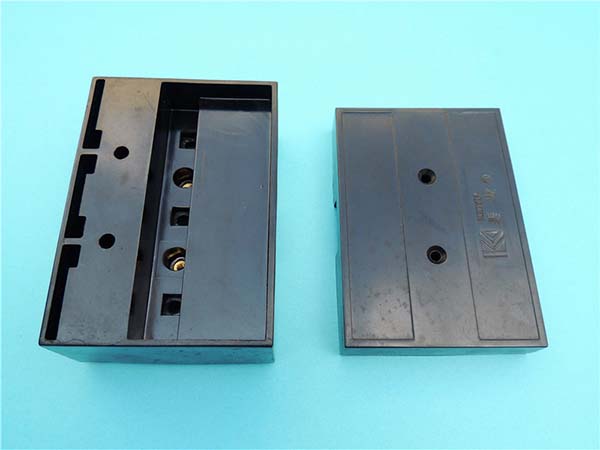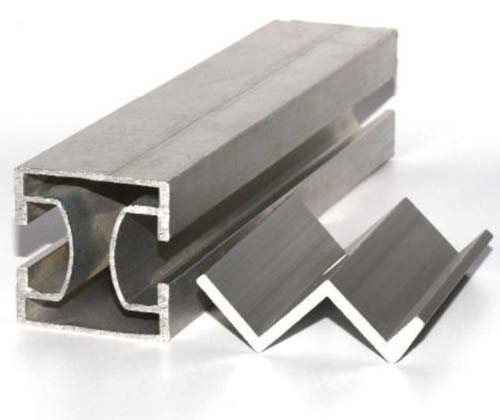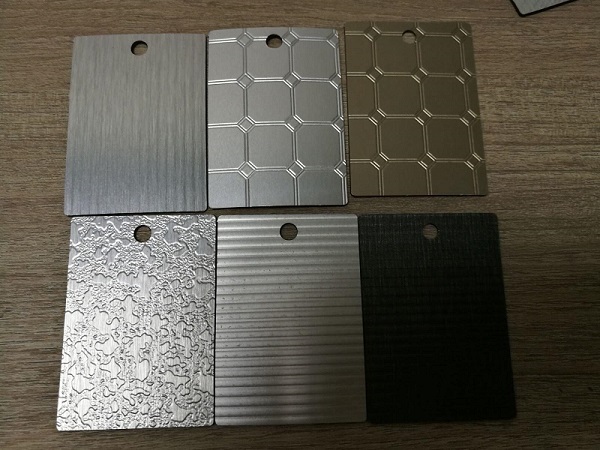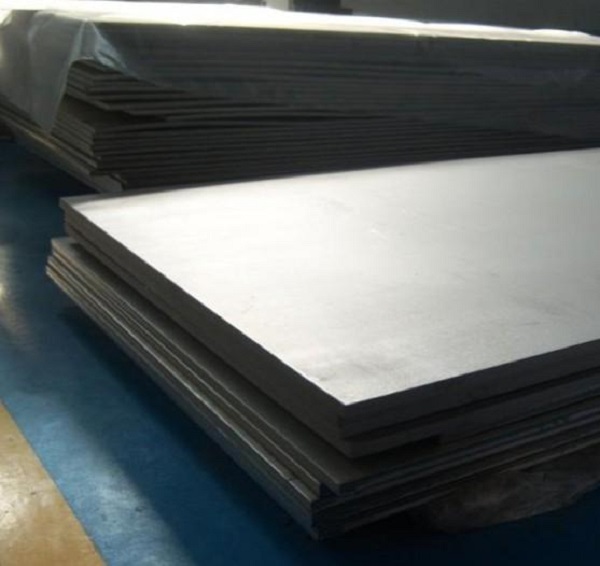Introduction
In the world of construction and home improvement, sheet metal siding has become an increasingly popular choice. You may have noticed it on modern commercial buildings, stylish suburban homes, or even in industrial structures. But what exactly is sheet metal siding, and why is it gaining so much traction? In this article, we'll explore all aspects of sheet metal siding, from its types and benefits to installation and maintenance, aiming to help you make an informed decision if you're considering it for your next project.
What is Sheet Metal Siding?
Sheet metal siding, simply put, is a type of exterior covering for buildings made from thin, flat pieces of metal. These metal sheets are typically cut and shaped to fit the exterior walls of homes, commercial buildings, or industrial structures. The most commonly used metals for sheet metal siding include aluminum, steel, and copper. Each metal has its own unique properties, which we'll explore later.
The process of manufacturing sheet metal siding involves forming the metal into various profiles. One of the most popular profiles is the corrugated shape, which consists of a series of parallel ridges and grooves. This design not only adds visual interest but also increases the strength and rigidity of the siding. Another common profile is the flat or smooth sheet, which gives a more modern and sleek appearance.
Sheet metal siding comes in a wide range of colors and finishes. You can choose from standard colors like white, black, and gray, or opt for more vibrant and custom colors to match your building's aesthetic. Finishes can include paint, powder coating, or galvanizing, each offering different levels of durability and protection against the elements.
Types of Sheet Metal Siding
There are several types of sheet metal siding available, each with its own set of advantages and characteristics.
Aluminum Siding
Aluminum siding is a popular choice due to its lightweight nature. It is significantly lighter than steel siding, which makes it easier to handle during installation. For example, a standard 12-foot panel of aluminum siding can weigh around 10 - 15 pounds, while the same size panel of steel siding would be heavier. This not only reduces labor costs during installation but also puts less stress on the building's structure.
One of the most notable features of aluminum siding is its excellent corrosion resistance. In a coastal environment, where saltwater and high humidity can quickly degrade many building materials, aluminum siding can last up to 30 - 40 years without significant signs of corrosion. In more inland, less corrosive areas, it can last even longer, up to 50 years or more. It comes in a wide variety of colors and finishes, allowing for a high degree of customization to match any architectural style. Additionally, aluminum siding is non - combustible, adding an extra layer of safety to your home or building.
Steel Siding
Steel siding is known for its strength and durability. It can withstand high winds, hail, and impacts much better than some other siding materials. For instance, steel siding can resist wind speeds of up to 150 mph in some cases, making it a great option for areas prone to severe weather. It is also relatively affordable compared to other high - end siding materials like copper. On average, steel siding can cost around \(3 - \)8 per square foot installed, while copper siding can range from \(15 - \)30 per square foot installed.
Steel siding can be made to mimic the look of other materials such as wood or stone, giving it a more versatile aesthetic appeal. It is often galvanized, which means it has a zinc coating to protect it from rust. With proper maintenance, a steel - sided building can last for 40 - 60 years, making it a long - term investment for property owners.
Copper Siding
Copper siding offers a unique and elegant appearance that is hard to match. It starts with a shiny, reddish - brown color and over time, develops a beautiful green patina. This natural aging process gives buildings a distinct, timeless look. For example, the Chrysler Building in New York City is famous for its copper - clad spire, which has developed a stunning patina over the years.
Copper is also highly resistant to corrosion and can last for over 100 years in most environments. It is a soft metal, which allows for more intricate shaping and design possibilities. However, due to its relatively high cost and the need for skilled installation, copper siding is often chosen for high - end or architecturally significant projects. Despite its cost, many consider it a worthy investment for the unique aesthetic and long - term durability it provides.
Installation Process
Preparation
Before starting the installation of sheet metal siding, thorough preparation is key to a successful project. First and foremost, gather all the necessary tools. You'll need a tape measure for accurate measurements, ensuring that each piece of siding fits perfectly. A tin snips or a power shear is essential for cutting the sheet metal to the required size. For fastening the siding, a drill with appropriate bits and screws or rivets is needed. Additionally, having a level on hand will help ensure that the siding is installed straight.
In terms of materials, apart from the sheet metal siding itself, you'll require sealants to prevent water infiltration between the panels. Flashing materials are also necessary, especially around windows, doors, and corners, to direct water away from the building's structure.
Safety should never be overlooked. Wear safety goggles to protect your eyes from any metal shavings that may be produced during cutting. Work gloves are a must to safeguard your hands from sharp edges of the sheet metal. If you'll be working at heights, a safety harness and a stable ladder are essential to prevent falls.
Installation Steps
- Measurement: Begin by accurately measuring the area where the sheet metal siding will be installed. Measure the height and width of each wall section. Be sure to account for any windows, doors, or other openings. For example, if you're installing siding on a rectangular wall that is 10 feet high and 20 feet wide, and there's a window that is 3 feet by 4 feet in the middle, you need to subtract the area of the window from the total wall area when calculating the amount of siding needed.
- Cutting: Using the tin snips or power shear, cut the sheet metal siding according to the measurements taken. When cutting, leave a slight allowance (about 1/4 - 1/2 inch) to account for any minor inaccuracies and for proper fitting. If you're using pre - formed panels, make sure the cut edges are smooth to prevent any sharp points.
- Pre - installation Preparation: Before attaching the siding, install the flashing around windows, doors, and the corners of the building. Apply the sealant along the edges where the siding will be attached to create a watertight seal. This step is crucial in preventing water damage to the building's interior.
- Installation: Start at the bottom of the wall and work your way up. Align the first panel horizontally, using the level to ensure it's straight. Secure the panel to the wall studs using screws or rivets. Place the screws about every 12 - 16 inches along the edges and at the centers of the studs. For subsequent panels, overlap them with the previous one according to the manufacturer's instructions, usually about 1 - 2 inches. This overlapping helps in waterproofing and provides a more seamless appearance.
- Finishing Touches: Once all the siding panels are installed, check for any gaps or unevenness. Fill in small gaps with additional sealant. At the end of the installation, clean the surface of the sheet metal siding to remove any dirt, debris, or smudges that may have accumulated during the process.
Yigu Technology's View
As a non - standard plastic metal products custom supplier, Yigu Technology has a deep - seated understanding of sheet metal siding. Our expertise in metal processing allows us to offer a comprehensive range of services related to sheet metal siding.
We have state - of - the - art facilities for laser cutting, which ensures precise and clean cuts on various types of sheet metals, whether it's aluminum, steel, or copper. Our CNC bending technology enables us to create complex shapes and profiles, meeting the most intricate design requirements.
At Yigu Technology, we understand that every building project is unique. That's why we provide customized solutions for sheet metal siding. Whether you need a specific color, finish, or a unique design for your building's exterior, our team of experienced engineers and technicians can work with you to bring your vision to life. We pride ourselves on our ability to deliver high - quality products within a reasonable time frame, ensuring that your construction project stays on schedule.
FAQ
1. Is sheet metal siding expensive?
The cost of sheet metal siding varies depending on the type of metal. Aluminum siding is relatively affordable, with installation costs around \(2 - \)6 per square foot. Steel siding is also reasonably priced, averaging \(3 - \)8 per square foot installed. Copper siding, due to its high - end nature, is more expensive, ranging from \(15 - \)30 per square foot installed.
2. How long does sheet metal siding last?
Aluminum siding can last 30 - 50 years, depending on the environment. Steel siding, with proper maintenance, can last 40 - 60 years. Copper siding is extremely durable and can last over 100 years.
3. Can I install sheet metal siding myself?
While it's possible to install sheet metal siding yourself, it requires some skills and the right tools. If you're not experienced in construction work, it's recommended to hire a professional. Improper installation can lead to issues like water leakage and reduced durability of the siding.
